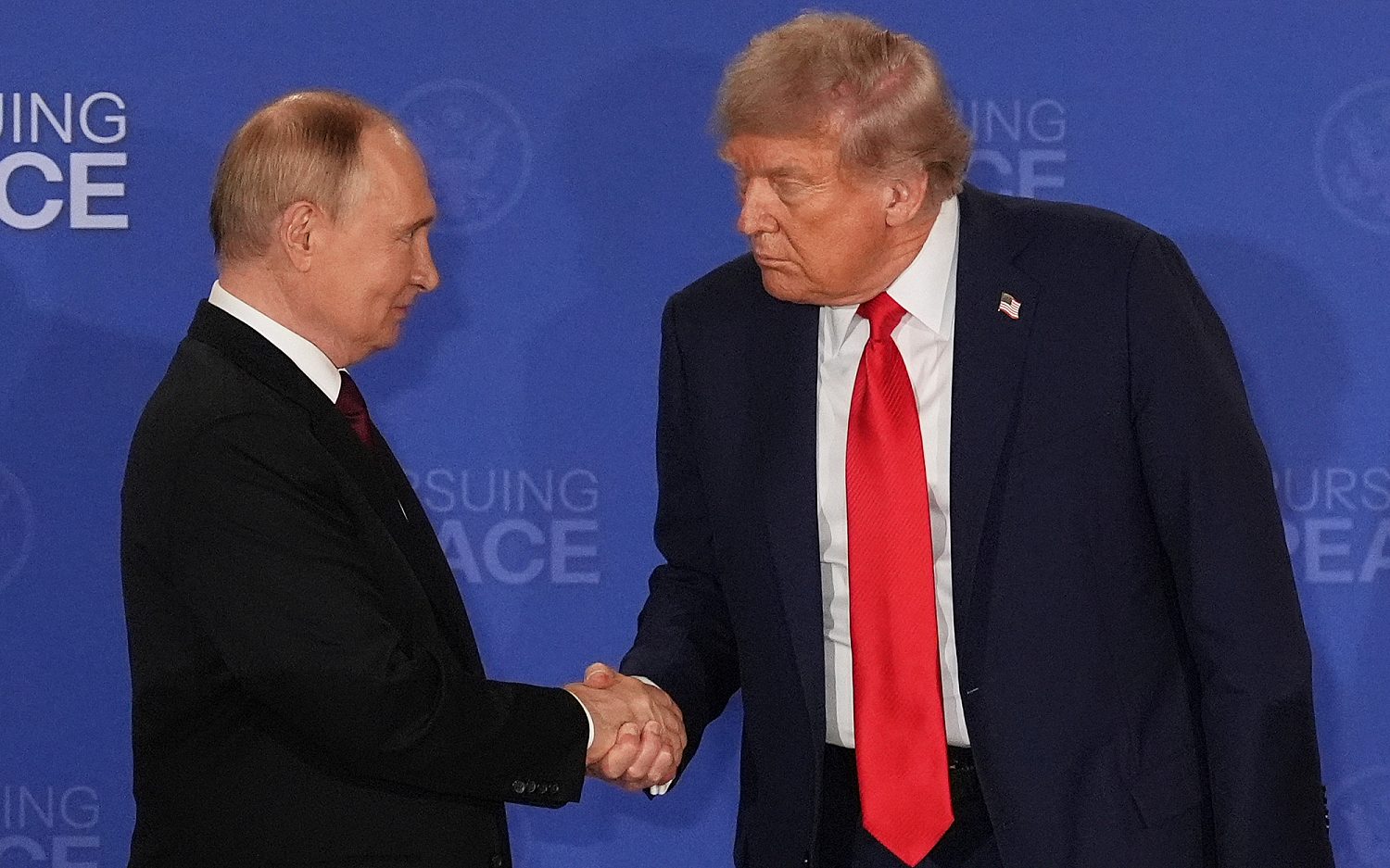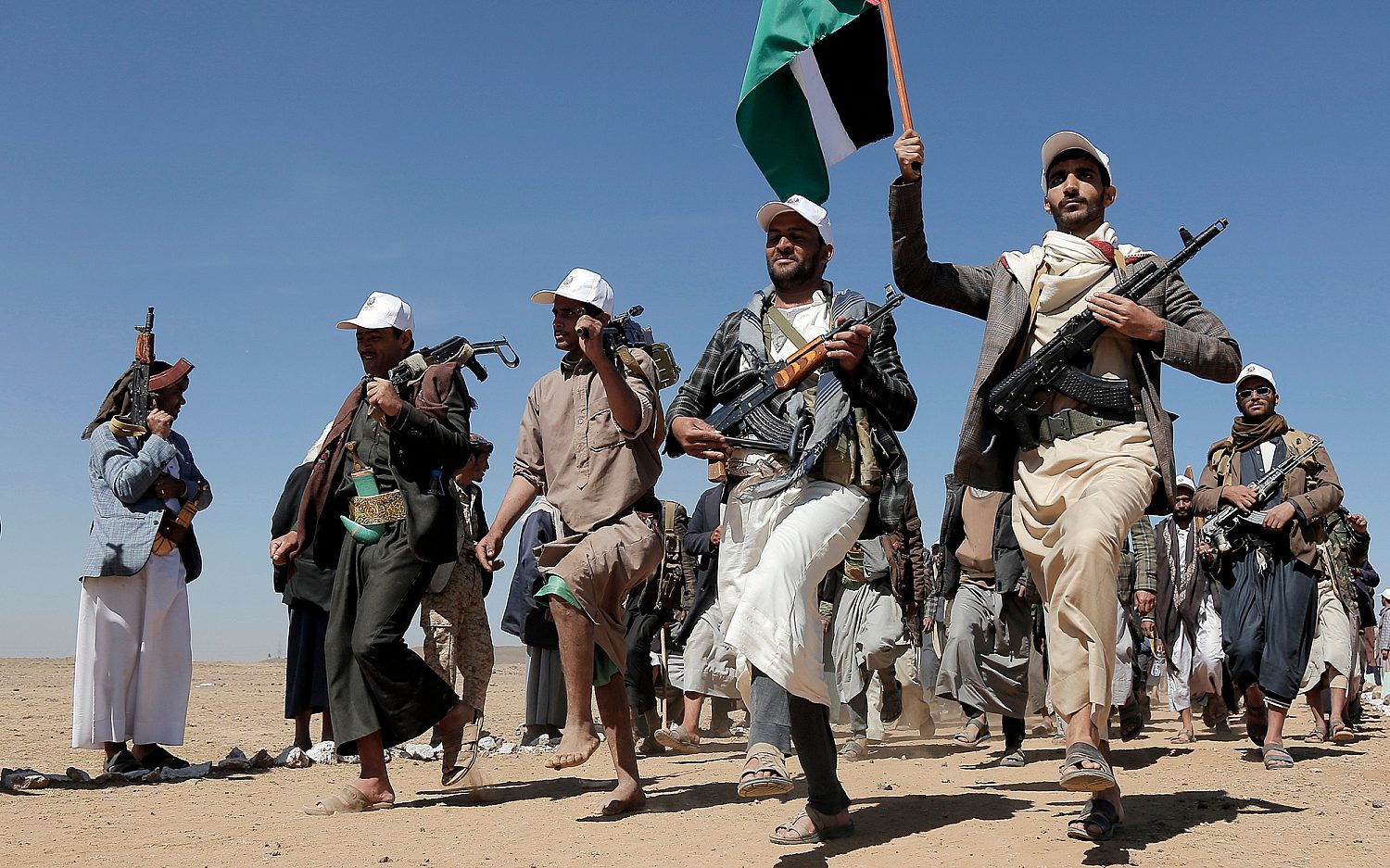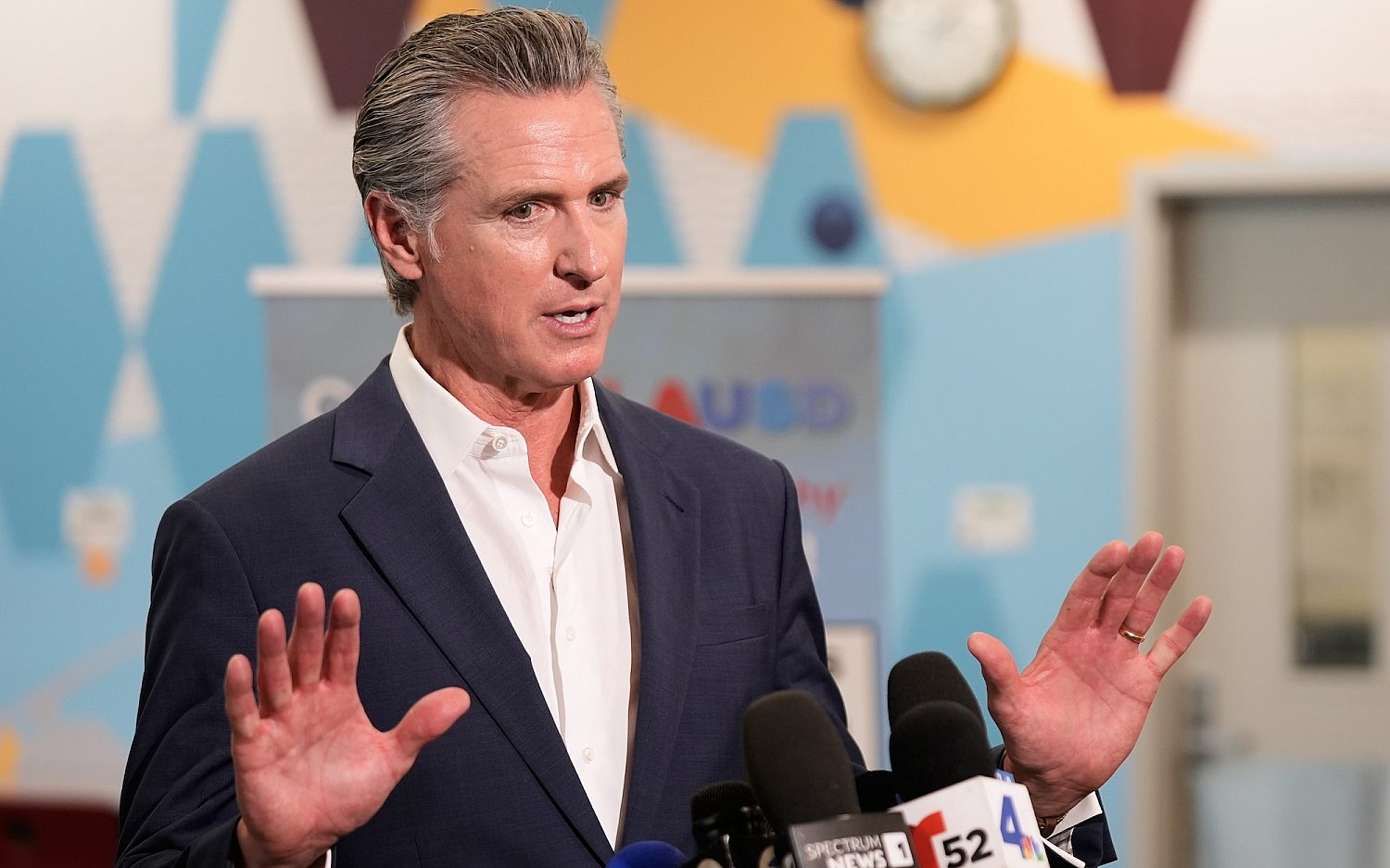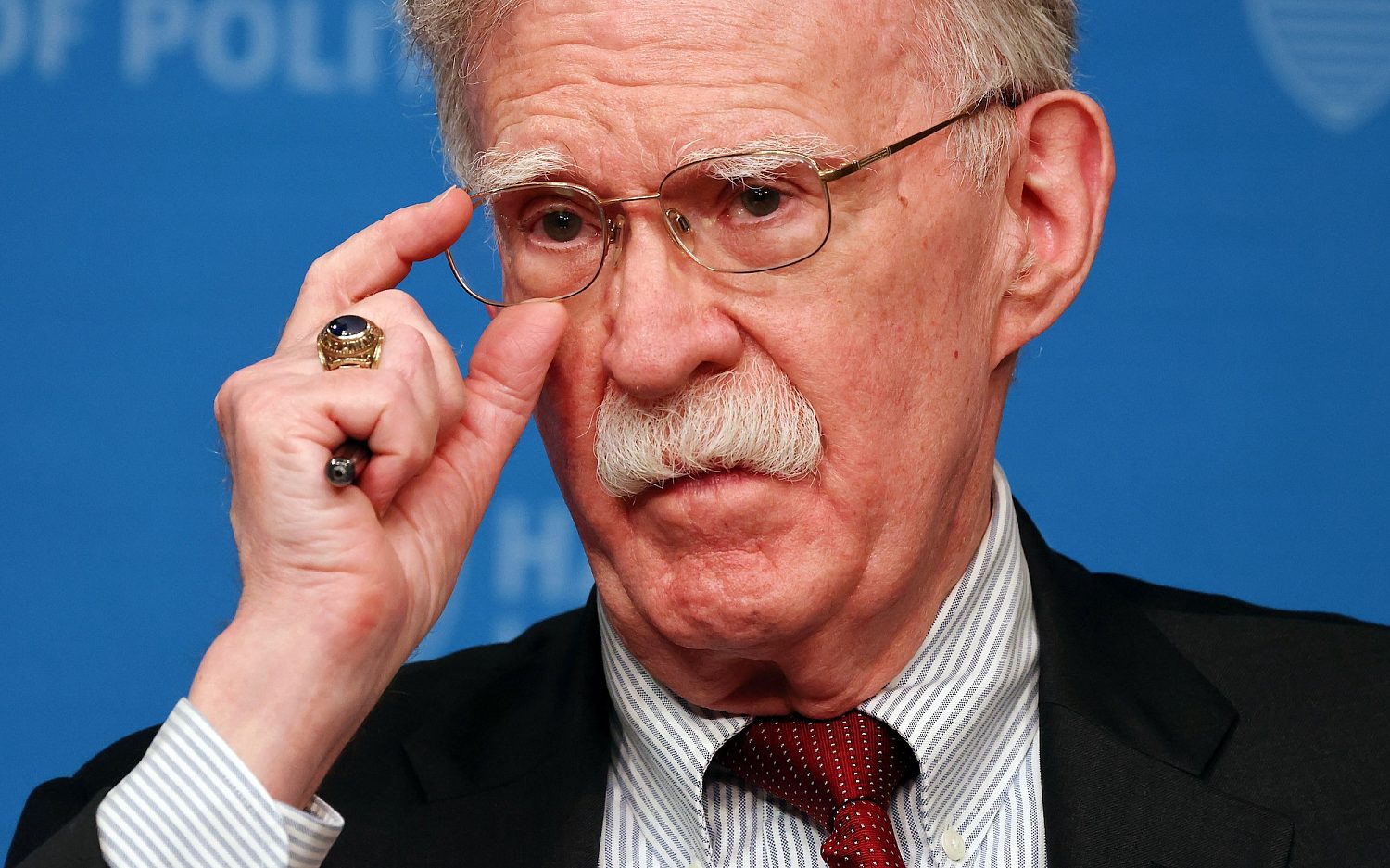Genocide unfolds again in Iraq
Despite U.S. airstrikes and humanitarian aid drops, the Yazidi sect remain cut off from all rescue
Ask a Yazidi how old is his religion and he will say, “God made the sun, the land, the moon, and he made this temple at the same time.” Yazidis claim theirs is the oldest religion in the world, set down between the Tigris and the Euphrates along with the Garden of Eden.
In that same enclave of what today is northwestern Iraq, the Yazidis in the past week have faced one of their fiercest pogroms ever. Of approximately 500,000 Yazidis who live in Iraq, ISIS fighters on Aug. 2 forced out more than 200,000 from the city of Sinjar and other towns of Nineveh province where they and their forebears have lived for centuries.
Between 40,000 and 60,000 found themselves trapped in the remote area of Mount Sinjar, just west of the city of the same name. The landscape there is barren high desert, and temperatures this time of year regularly exceed 100 degrees Fahrenheit. Without shelter or provision of any kind, eyewitnesses say 50 elderly and about 45 children died of thirst within the first 24 hours. According to some reports more than 500 men and boys were killed by ISIS at that time. Countless more have died since—despite a U.S. humanitarian air drop of water and meals-ready-to-eat late Thursday.
Barakat Issa, a journalist with the Kurdish media network Rudaw, fled along with the Yazidis and reported that dead bodies were lying everywhere among the rocks of Mount Sinjar.
“Because people’s cell phones are out of battery, the news of the deaths is delivered by runners,” he told Rudaw. “When we see someone running we know they are either fleeing or carrying the news of someone’s death.”
Issa said the situation resembled “the Holocaust and Anfal.” Anfal, also referred to as the Kurdish genocide, was the campaign launched by Saddam Hussein and Ali Hassan al-Majid, or “Chemical Ali,” in 1988 that captured and killed as many as 100,000 Kurds and destroyed more than 90 percent of Kurdish villages. Yazidis, who are ethnically Kurds, suffered alongside Kurdish Muslims.
The plight of the Kurds drew U.S. attention, particularly after the 1991 Gulf War, when Saddam again chased more than 1 million Kurds out of northern Iraq—prompting a humanitarian airlift and a U.S.-led no-fly zone that blocked the region from Baghdad’s control. That effort ultimately helped the Kurdish region become an economic juggernaut, especially compared to the rest of Iraq, and cemented Kurdish loyalty to the United States leading up to the 2003 Iraq War.
Now the region is awash in ethnic cleansing and mass extermination again. On Friday, Kamil Amin, spokesman for Iraq’s Human Rights Ministry, said ISIS fighters have kidnapped hundreds of Yazidi women below the age of 35. The militants took them to a vacant school in Mosul where they are currently held. “We think that the terrorists by now consider them slaves and they have vicious plans for them,” Amin told The Associated Press. “We think that these women are going to be used in demeaning ways by those terrorists to satisfy their animalistic urges in a way that contradicts all the human and Islamic values.”
Yazidis are considered a sect whose ancient religion is linked to Zoroastrianism, with elements of Christianity and Islam. They believe God created the world and placed it under seven archangels, whom they worship. One is called Shaytan, also the Arabic word for Satan.
Conical Yazidi temples dot the landscape in Nineveh, where worship and ritual is cryptic. In 2007, I visited a Yazidi shrine tucked into a mountain cave east of Sinjar. Room after room was full of large urns of olive oil used for burning incense in worship, and the urns were draped in clothes left, I was told, for the angels. Women and men worship separately, but at that time the temples were largely empty of worshippers.
Only a week before my visit, the largest terrorist attack of the Iraq War had targeted Yazidis, killing 500 of them in a triple bombing in villages near the town of Shekhan. Both the town and surrounding villages until then were a mix of Sunni Arabs, Kurds, Catholic and Assyrian Christians, and Yezidis who had lived side by side for centuries. By 2008, when I again visited the area, the wider U.S. surge to counter terrorism in Iraq had helped Shekhan and other Nineveh towns stand up their own local forces. Checkpoints were gone, many exiles had returned, and businesses and schools were open.
ISIS has put an end to normal life once again as what many are calling genocide unfolds in northern Iraq. On Thursday, a Yazidi member of parliament, Vian Dakhil, took the floor in Baghdad (see video below) and said through tears: “Mr. Speaker, we are being butchered under the banner of ‘There is no God but Allah.’” As other lawmakers stood in stony silence, she continued, “As we speak, there is a genocide taking place against the Yazidis. … Just like all Iraqis are being killed: Shias, Sunnis, Christians, Turkmen, and Shabak.” As Dakhil, a young woman with long brown hair, continued her pleas for help, her voice cracked and she dissolved in tears, collapsing as she finished.
Yet, as tens of thousands of Yazidis began another night on Mount Sinjar, they—more so than other thousands forced out of their homes in the north—remain cut off from Kurdish protection, from the reach of the Iraqi army, and outside help.
An actual newsletter worth subscribing to instead of just a collection of links. —Adam
Sign up to receive The Sift email newsletter each weekday morning for the latest headlines from WORLD’s breaking news team.





Please wait while we load the latest comments...
Comments
Please register, subscribe, or log in to comment on this article.